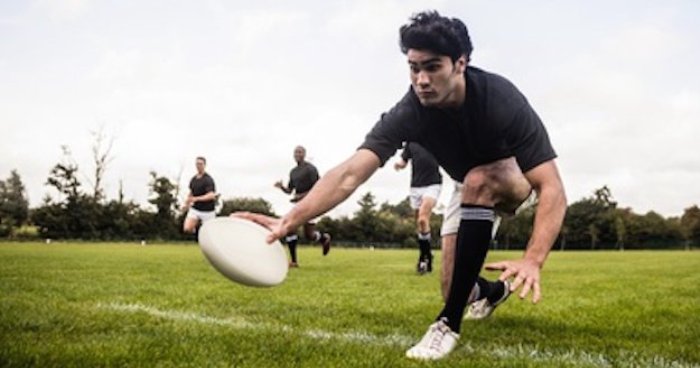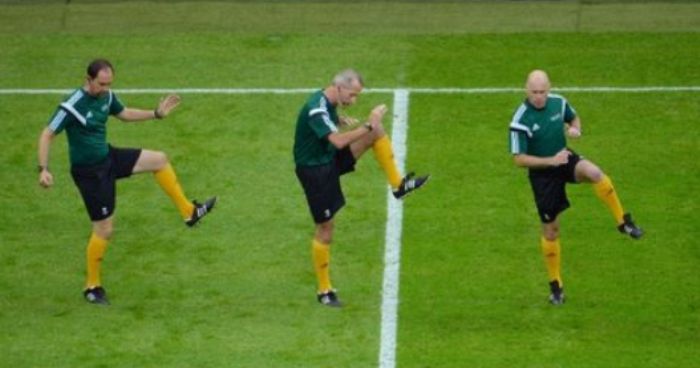
Fiji’s new strategy to improve 15-man game and it could be bad news for 7’s
The Fiji Rugby Union is taking steps to control the country’s love of Sevens which it believes is hampering attempts to make the country a force in the 15-a-side game with national selectors only attending sanctioned events in future.…

Game Theory in Rugby Could Overturn Conventional Play Strategy
In many rugby games the difficult decision of what to do with a penalty arises. There are a number of options as to what can be done in the event of a penalty including: slotting the ball if it’s on …

Momentum Swing: Exit Strategies and the Restart
Although it is not mentioned often, the battle at the restart following a score can prove to be a pivotal point in rugby. By far not one of the most glamorous aspects of the modern game, it is without a …

How to train specifically for your position
If you play rugby, you need to train for rugby – that’s how you boost your playing performance to become a better, more successful rugby player. You need to include cardio, strength, power, speed, agility, flexibility, core, and skill training …

Fans take to Twitter to put Ireland’s ‘caveman tactics’ on blast
In light of Ireland’s loss to England at the Aviva Stadium on Saturday, fans have taken to Twitter to criticise the tactics adopted by the home side.…

5 Experts tips for attacking in rugby
To win games of rugby, you need to score more points than the opposition. The best way to do that is by securing as many tries as possible during the 80 minutes.…

When the Crowd Stops Roaring by Neven MacEwan
Neven MacEwan played 20 times for New Zealand between 1956 and 1962. He helped defeat the British and Irish Lions three times during their 1959 tour of Australia and New Zealand and contributed to a 3-0 series whitewash of France …

Jaguares left to Rue Missed Chances as Crusaders Create History
Scott Robertson, a member of the playing staff at the Crusaders the last time they won a hat-trick of titles, now makes himself the first man to have won three Super Rugby titles in a row both on and off …
Fitness: Conditioning Requirements and Components Defined

Strength can be defined as the ability to exert force in one maximum effort on a resistance in order to overcome that resistance.
Ideally in Rugby, we want to be strong enough so that we can always present more force …
Rugby – Physical Demands By Position

- Props and Hookers
Good maximum strength in legs, lower back, neck and shoulders for holding initial thrust by opposition in scrum, and overcoming that resistance.
Power
In legs, gluteals (butt) and hips for initial thrust in scrum, jumping and lineouts.
Local muscular …
